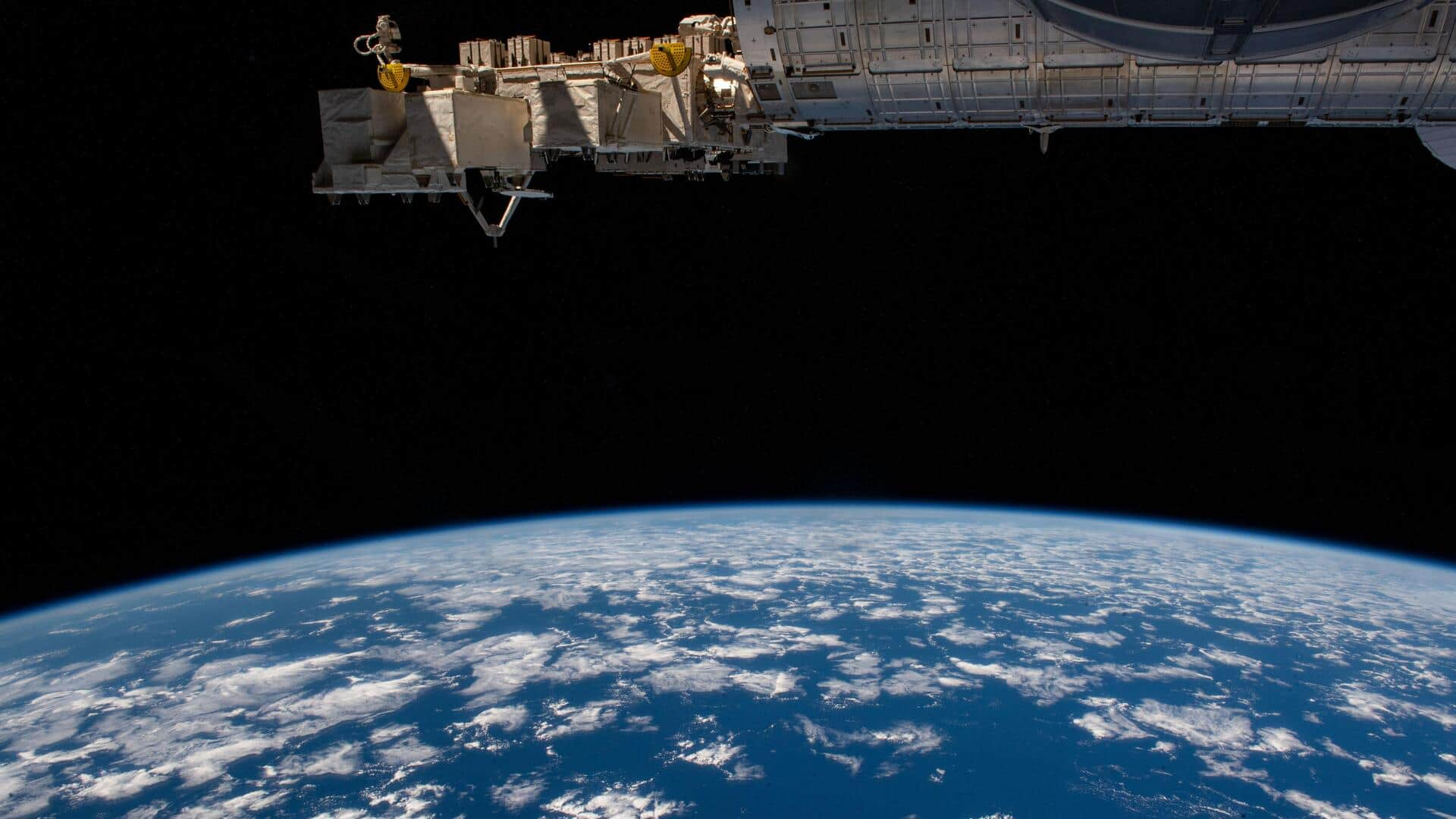
Dust on International Space Station more contaminated than house dust
What's the story
A new study has discovered that the International Space Station (ISS) could have higher concentrations of potentially harmful chemical contaminants than dust found in homes across the US and Western Europe. The research analyzed dust collected by the ISS's air filtration system, identifying various contaminants such as polybrominated diphenyl ethers (PBDEs), polycyclic aromatic hydrocarbons, and perfluoroalkyl substances.
Details
The contaminants could originate from items like clothing and computers
Certain compounds found on ISS were classified as persistent organic pollutants (POPs)—which pose health risks to humans. ISS's air filtration system is known to eliminate carbon dioxide and gaseous contaminants, but its effectiveness in removing other chemical compounds isn't clearly understood. The team suggests several of these chemicals could originate from items like tablet computers, medical devices, and clothing ISS astronauts carried from Earth.
What Next?
The study could have implications for planning long-term space missions
The study's findings could help design spacecraft for long-term human space travel by making careful material choices during the early stages of design and construction. This could reduce the sources of harmful chemical contaminants in future space stations. The team also noted that high levels of ionizing radiation in space might affect the abundance of these chemicals in space dust compared to Earth.